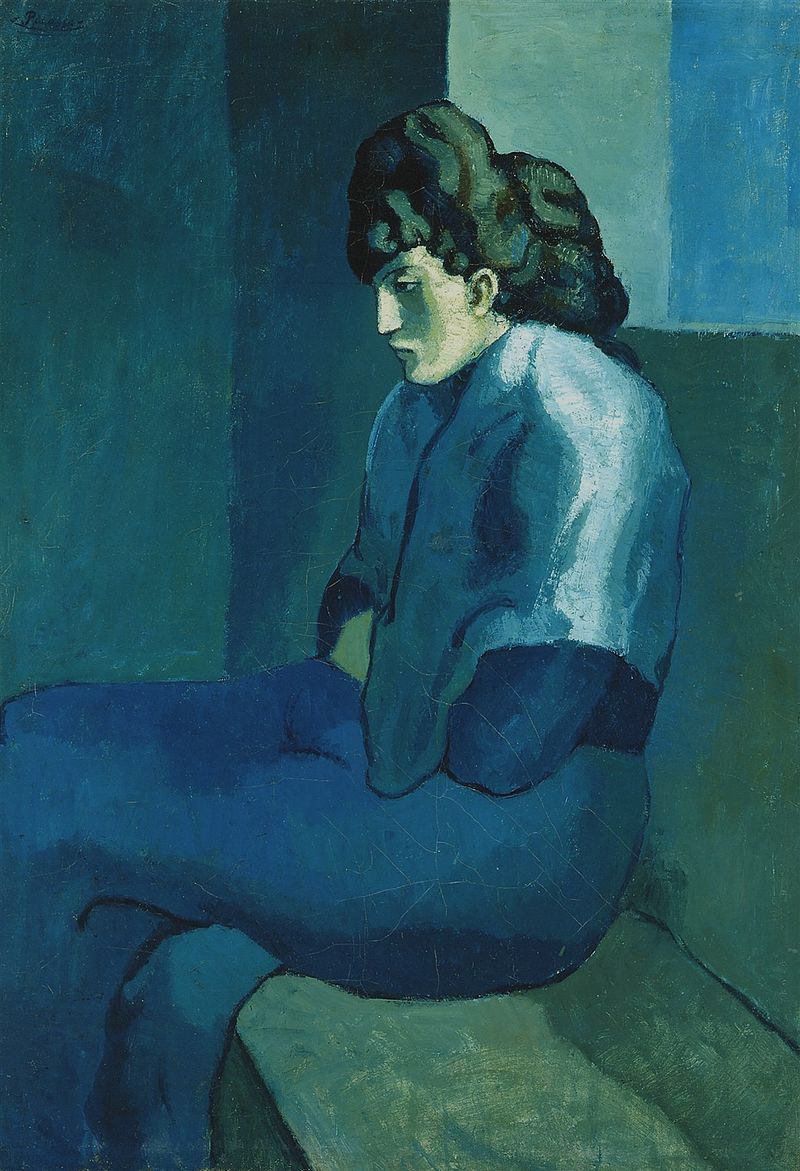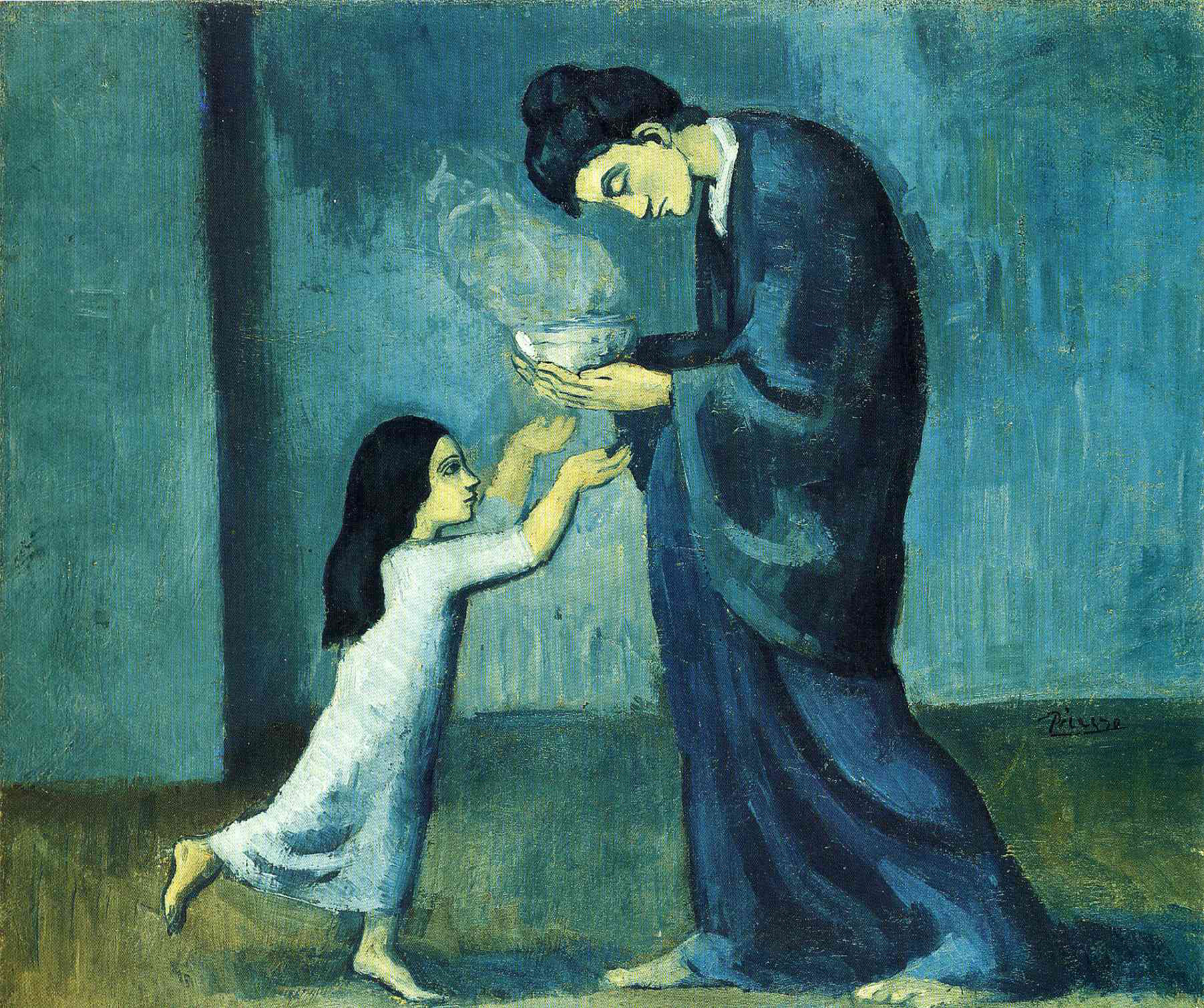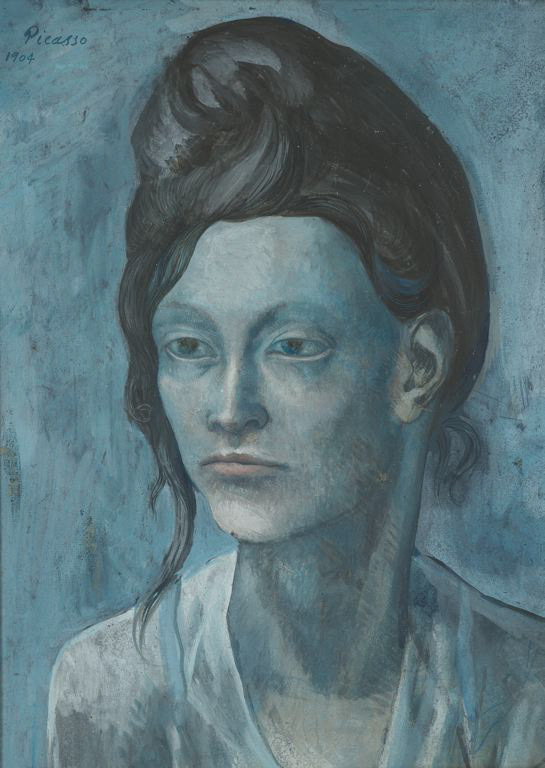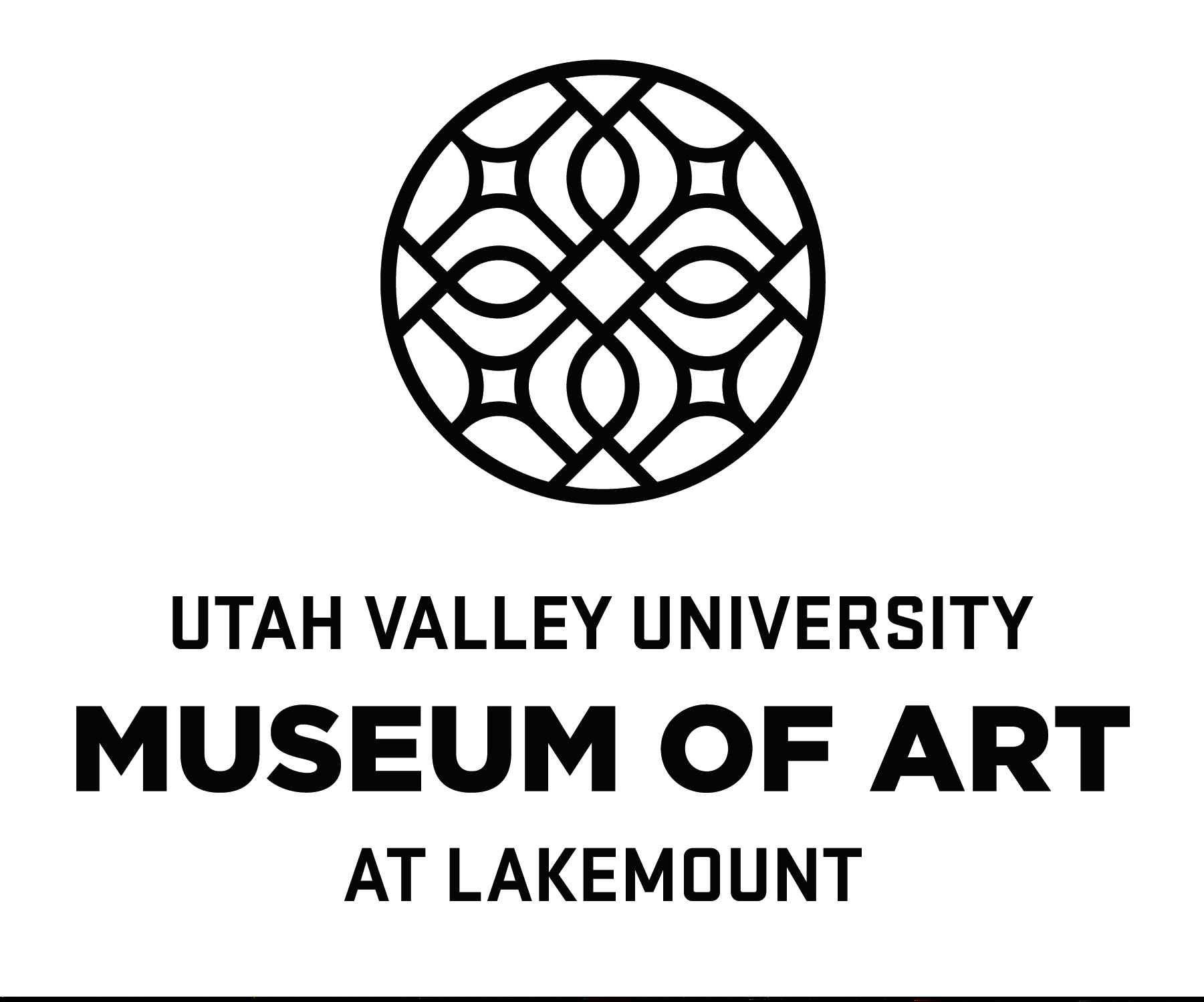What does the Blue Period mean in art? The Blue Period refers to work created by Spanish artist Pablo Picasso from 1901-1904. During this time, Picasso painted in a monochromatic style (one color), using shades of blue. He is also known for his sharp, contoured lines that abandoned traditional perspective. Museum Educator Lisa J’s favorite Blue Period piece is The Old Guitarist created in late 1903 or early 1904.
Pablo Picasso, The Old Guitarist, 1903

Pablo Picasso, Femme assise (Melancholy Woman), 1902–03

Pablo Picasso, La soupe (The soup), 1902–03

Pablo Picasso, Femme aux Bras Croisés (Woman with Folded Arms), 1901–02

Pablo Picasso, Woman with a Helmet of Hair, 1904
Learn More: Look at Picasso’s work online. What are your favorite paintings from his Blue Period? Why do you think he chose to paint with the color blue?
Picasso’s blue-period pieces were of people, but we are going to create our own Blue Period-inspired landscape. Think of a landscape that inspires you. You can look for inspiration in your own personal pictures, from the internet, other landscape artists’ paintings, or come up with something new from your imagination!
Materials you will need:
● Watercolor paper, or any stiff paper
● Blue Watercolors or any other medium like crayons, colored pencils, markers, or chalk (only blue)
● (Watercolor only) Paint brush
● (Watercolor only) A cup of water
● Paper towel
● Painters tape or any other tape that comes off paper easily. This is going to be used to create a border.
● Pencil
● A paper to sketch on (always sketch (draw) your ideas first)!
Alternatives: If you do not have watercolors, you can use blue crayons, blue paint, blue colored pencils, or blue markers.
Directions:
1- Sketch (draw) your landscape onto a piece of paper.
2- Create a border by placing tape around all four sides of your paper. Tip: start at the bottom of the paper and leave a little excess each time you tape, so you can not only create a border, but tape your paper to the table so your paper does not slide while you are painting.
4- Use watercolor paint to add color to your sketch. If you need to create layers, let each layer dry before adding more color. Tip: When you paint with water, you can create different tones with the amount of water you use. The more water you use, the lighter it will be, and vice-versa.
5- Take a picture of your blue period painting and send share it with the museum. We love to see your work!
